The electric car market has been growing impressively in recent years. But with this rapid expansion, the question arises whether these « zero emission » vehicles are really a better alternative to the thermal car. Electric vehicles pollute : info or fake news ?
According to Le Monde, this year electric cars represent 12.7% of the French automotive market. Why ? In part, these sales are linked to environmental and ecological awareness. But we must not forget that the European Union will ban the sale of new thermal vehicles by 2035. While these refillable cars are presented as the anti-pollution solution, they are not as environmentally friendly as that.
The electric car pollutes less ?
In terms of CO2 emissions, unlike its thermal rivals, the electric vehicle does not produce any. It is in any case a clean mode of locomotion.
It does not have an exhaust, so there is no combustion as opposed to thermal cars. According to our info, compared to gasoline, electricity emits up to three times less greenhouse gases and a lot less air pollution. Even in the manufacture of its batteries, the most polluting component of this kind of car. So, yes, it’s news, electricity pollutes less.
But how do electric vehicles pollute ?
As you will have understood, if these polluting emissions are much lower than those of thermal cars, the electric car still pollutes. If not when it is in motion, it is mainly related to its manufacture.
The battery of electric vehicles is extremely polluting. To build them, automotive manufacturers need lithium.
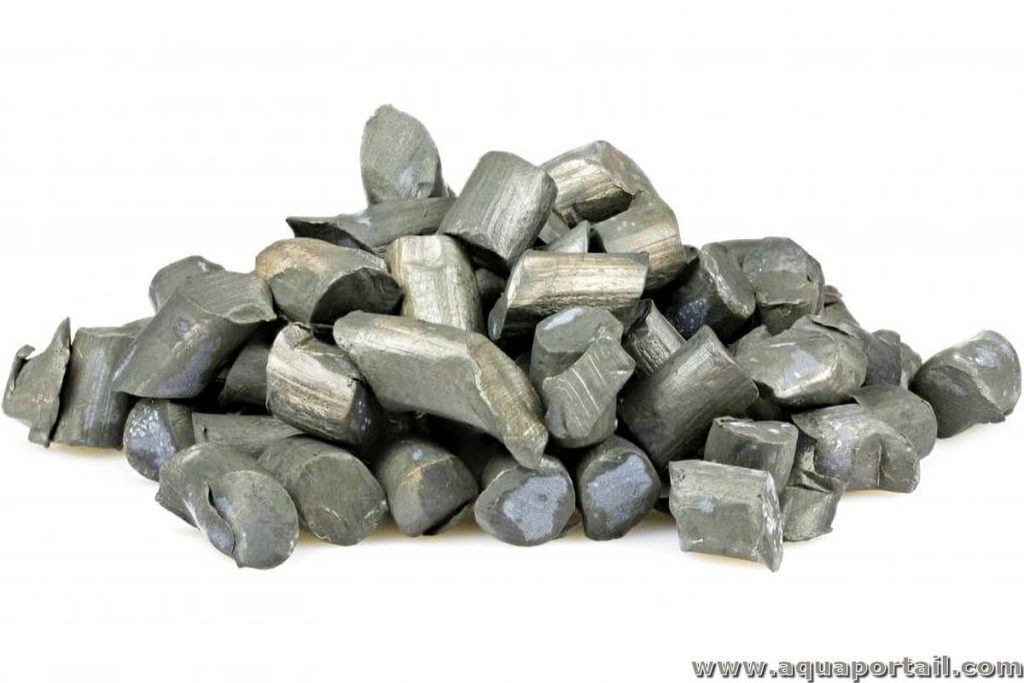
The extraction of lithium, to create the batteries, consumes a lot of water. In addition, it takes many environmentally unfriendly machines to recover this chemical element. The worst part is that during extraction, there is a good chance that toxic materials will escape from the soil. In a mine, arsenic, a very toxic material, was found, killing all the vegetation around it.
Besides lithium, cobalt and nickel can be used. In addition to extraction, the refining of these kinds of metals requires the use of many chemicals. The main pollution of electric cars is clearly carried out at mining sites. It is estimated by the Foundation for Nature and Man that battery construction “represents 40% of the environmental footprint of an electric vehicle.” So even in rechargeable cars, there is a huge margin of progression to make them 100% environmentally friendly.
Some battery manufacturers have found solutions. SVOLT, a Chinese battery manufacturer, is developing a new cobalt-free system with lithium, which would apparently help to reduce pollution. Another Chinese manufacturer, CATL, is creating a new technology also without cobalt and nickel for the construction of its batteries. Despite these efforts, non-polluting batteries still seem distant.
Is that the only way that electricity pollutes ?
Unfortunately, no. Charging an electric car can also pollute. Electricity is the fuel of these rechargeable vehicles. But depending on how this electricity is produced, it can be polluting. Simply put, the ecological balance of an electric car also depends on the source or origin that produces the electricity. In China, for example, most electricity is produced in coal-fired power plants, which are known for their high greenhouse gas emissions.In France, 70% of our electricity comes from nuclear power plants and 25% from various renewable energies. Depending on where you are, you may pollute by charging your vehicle.
In addition, nobody recycles these famous polluting batteries…
Infox. This is extremely false. The battery is equivalent to the most valuable organ of an electric vehicle. It’s worth about a third of the total price of the car. Contrary to popular belief, electric car manufacturers in Europe are forced to recycle their batteries. This obligation was established by European Directive 2006/66/EC, with Article R543-130 of the French Environmental Code. The law stipulates that recycling companies must recycle and use at least 50% of the weight of a battery
Often, manufacturers give their batteries to a specialized company. In view of the quantities of precious materials in these, there is a strong potential for commercial reuse. Nothing should be discarded. On average, traction batteries weigh between 100 and 600 kilos. They can in no case be handled with bare hands, their transport is done with vehicles and machines adapted.

The batteries are recovered and disassembled. Depending on their state, specialist companies decide what they can do with: when they are badly damaged by an accident for example, they can recover the energy and store it elsewhere. They may also add renewable energy from an individual, a company or a power system operator. Everything can be recovered, even precious metals through chemical processes.
The plastic that is left behind by the decomposition of batteries is also sent to a recycling site dedicated to plastic.
The electric car does not pollute. Infox! It pollutes much less than these thermal cousins, but because of its manufacture, which uses many chemicals, it still pollutes far too much to be considered entirely ecological.


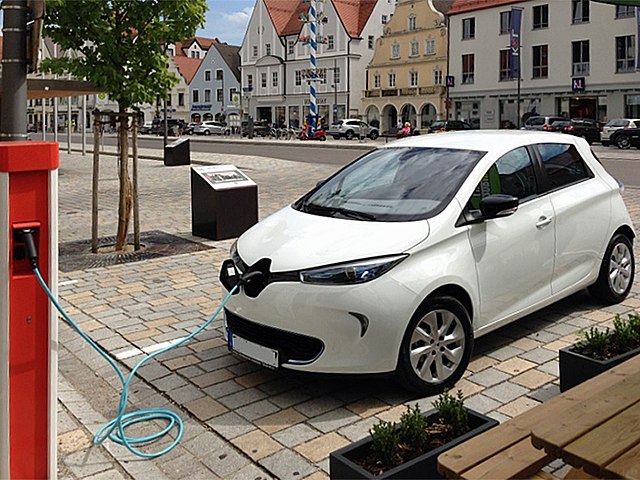


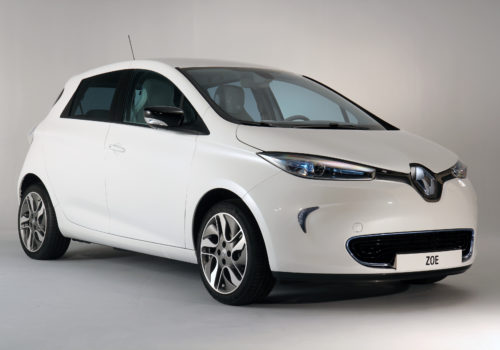
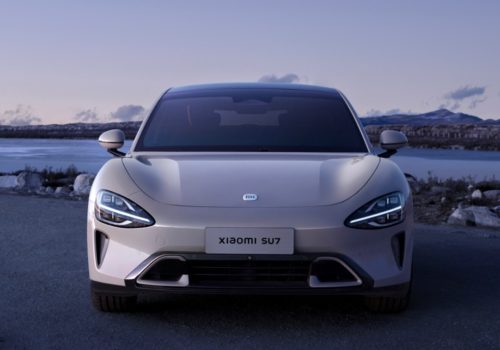
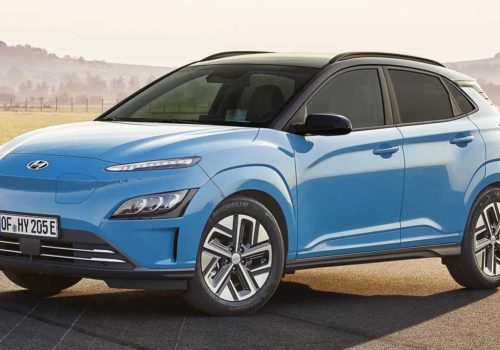
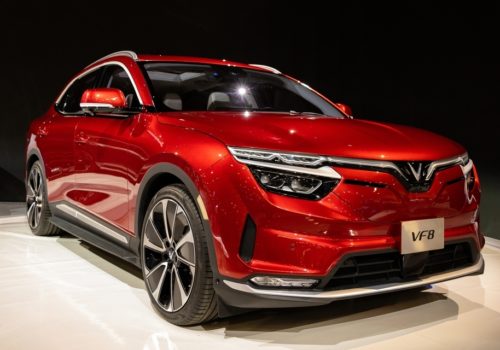
Leave a Reply